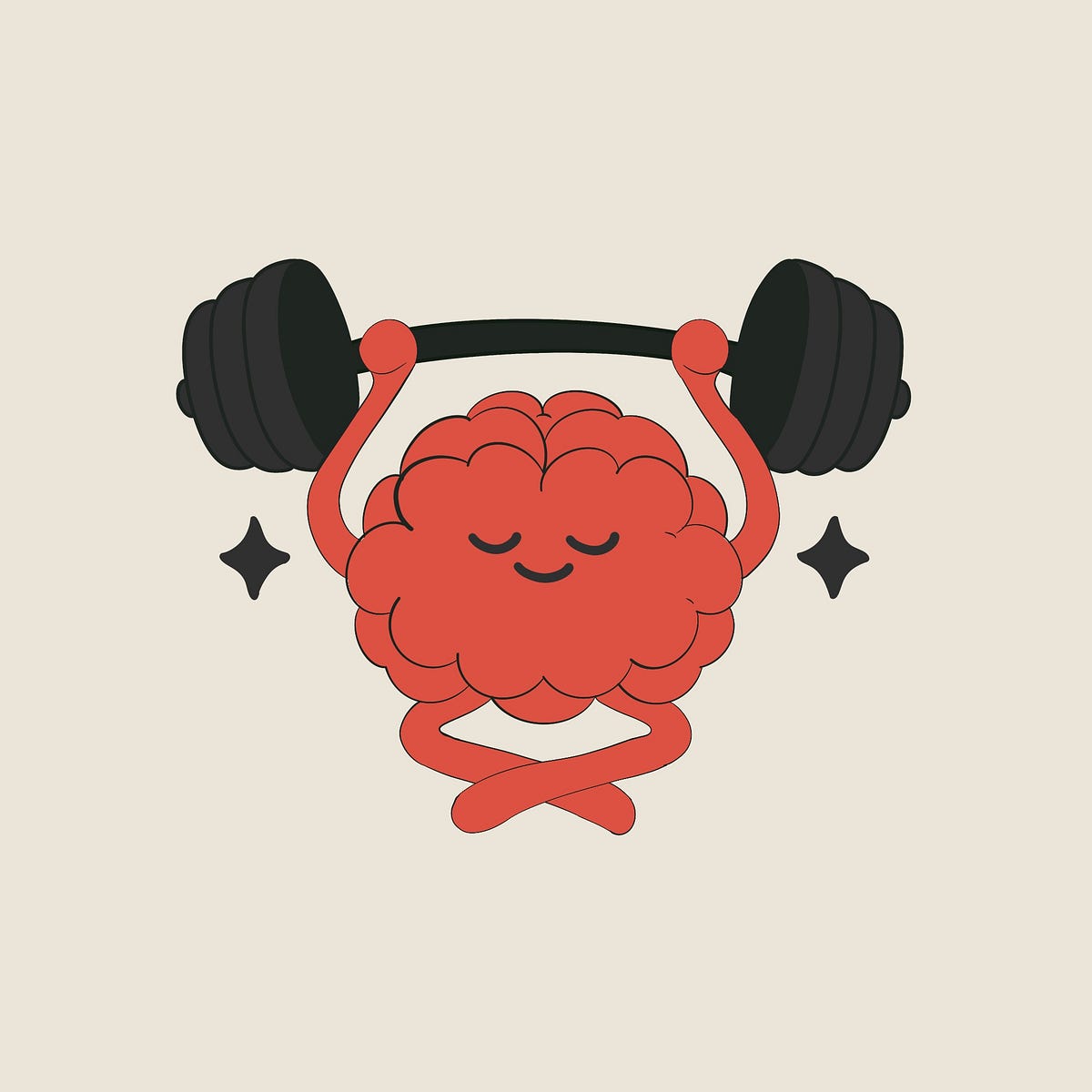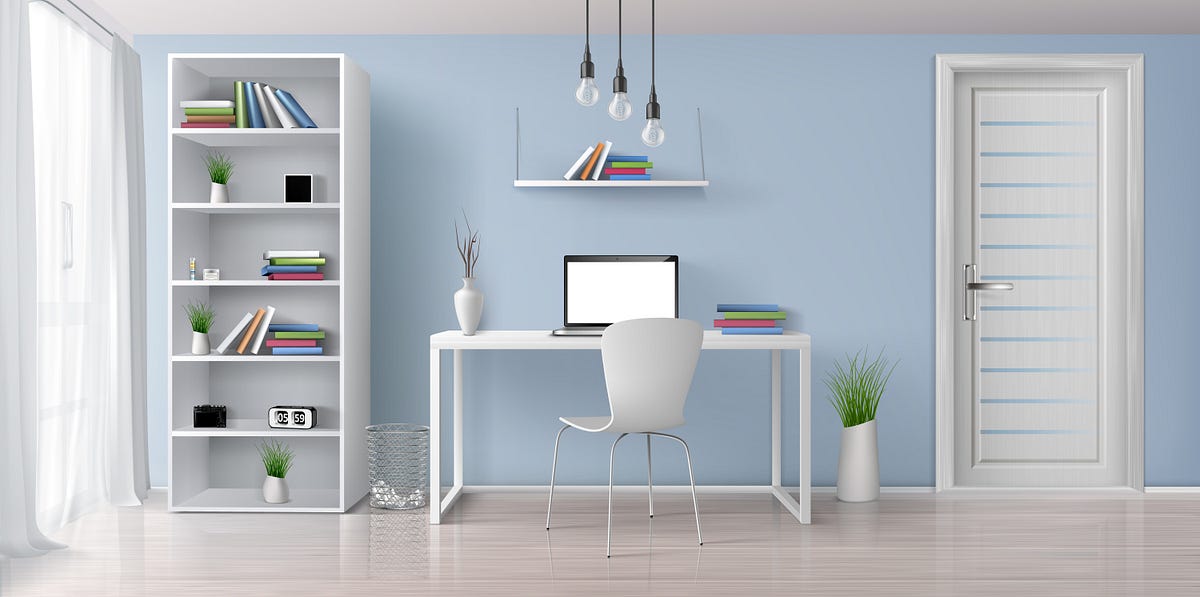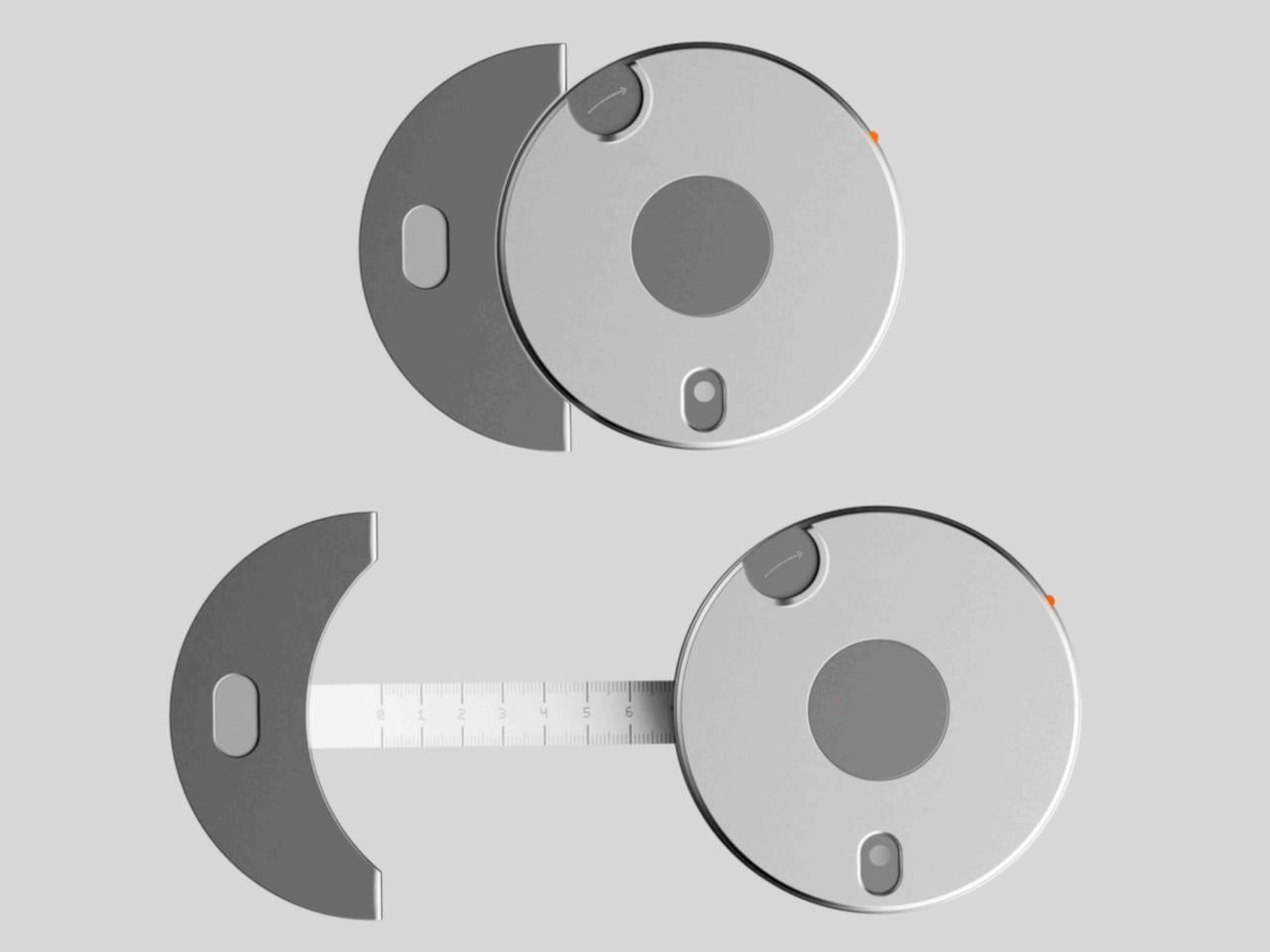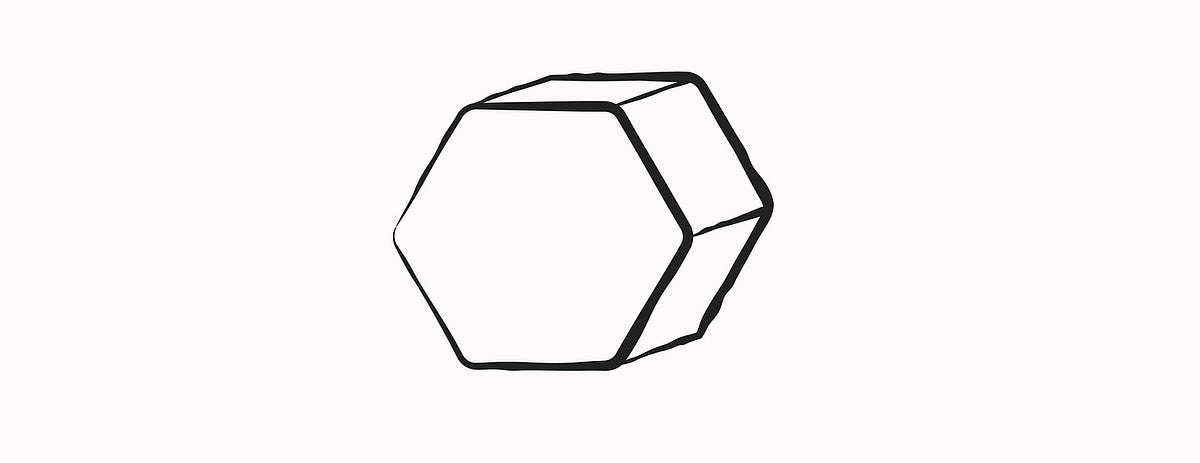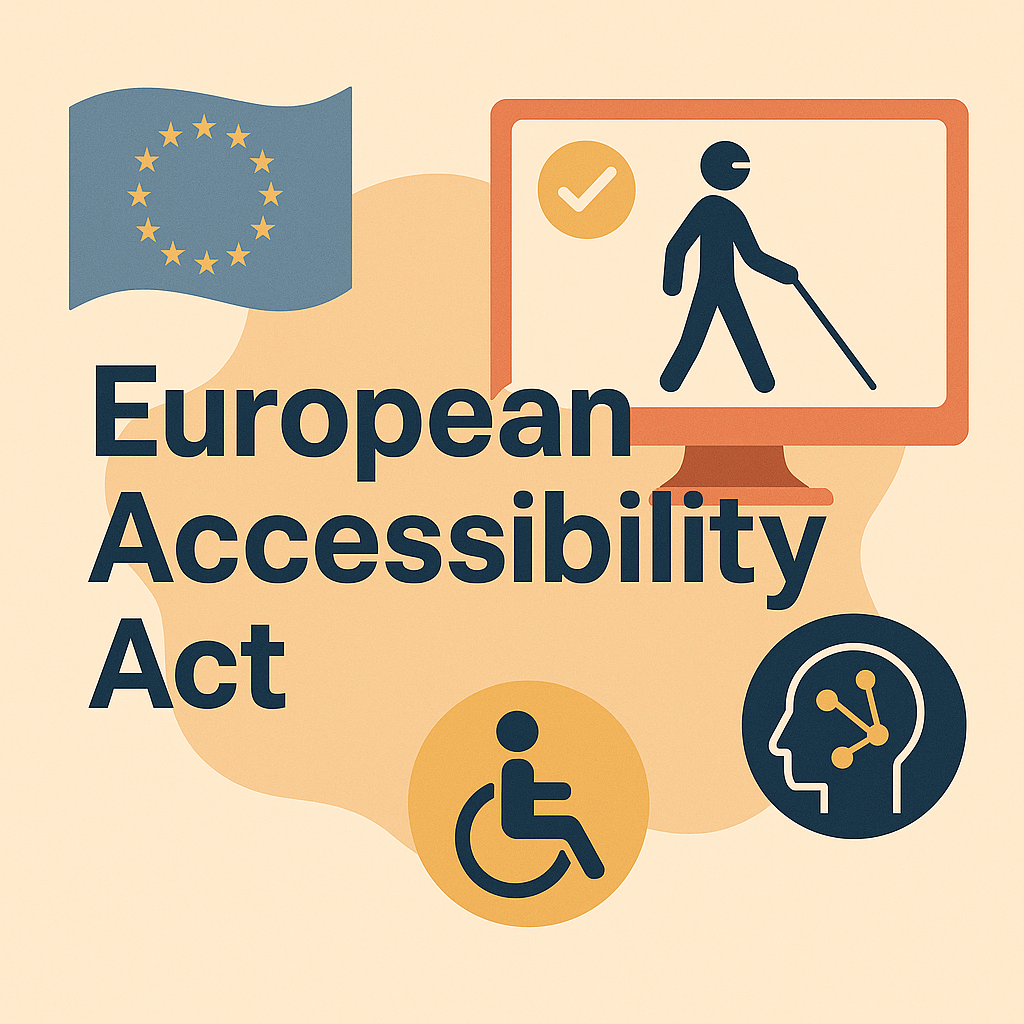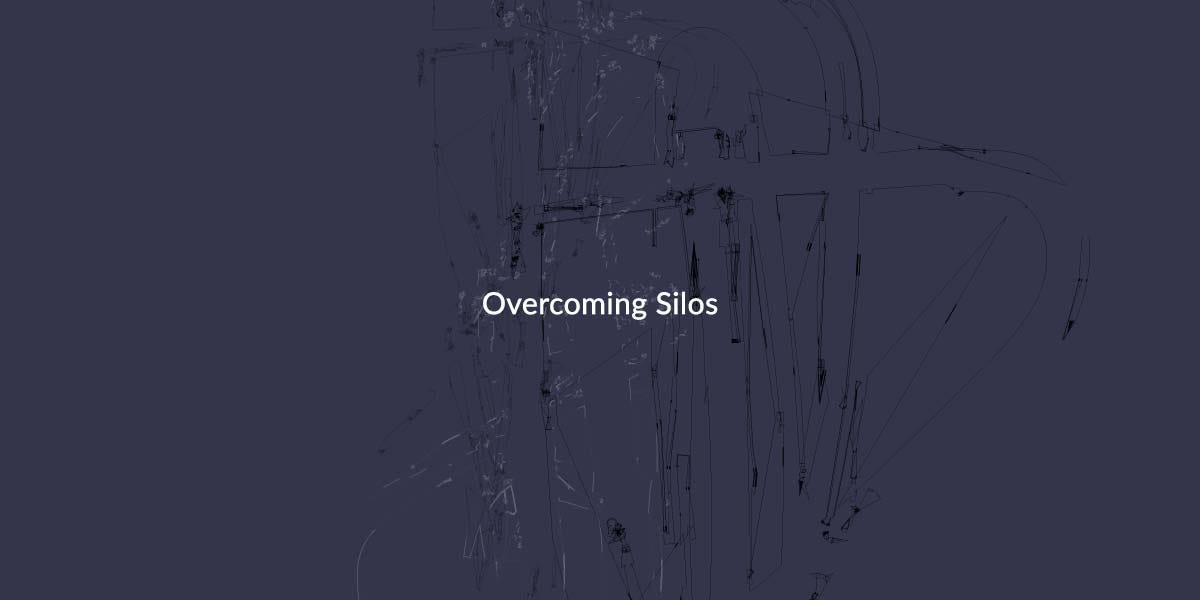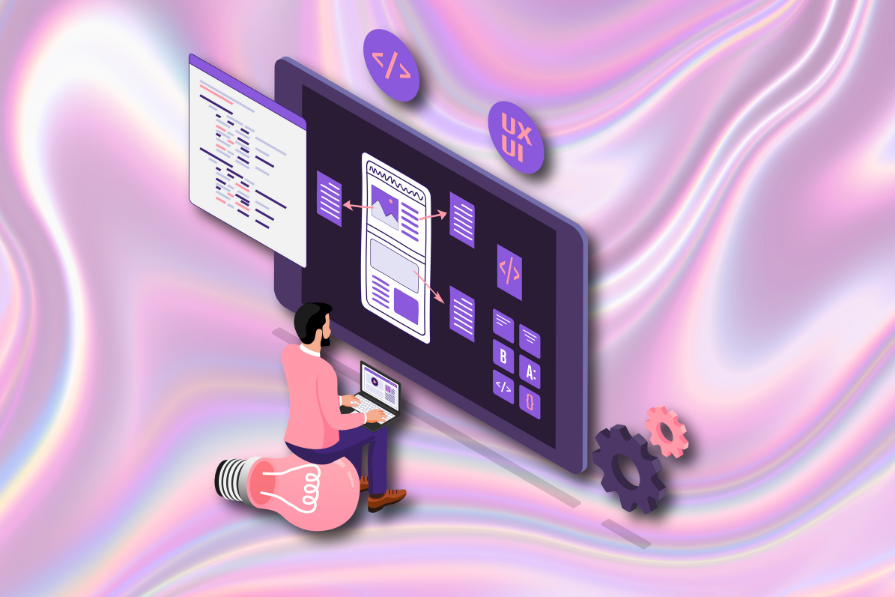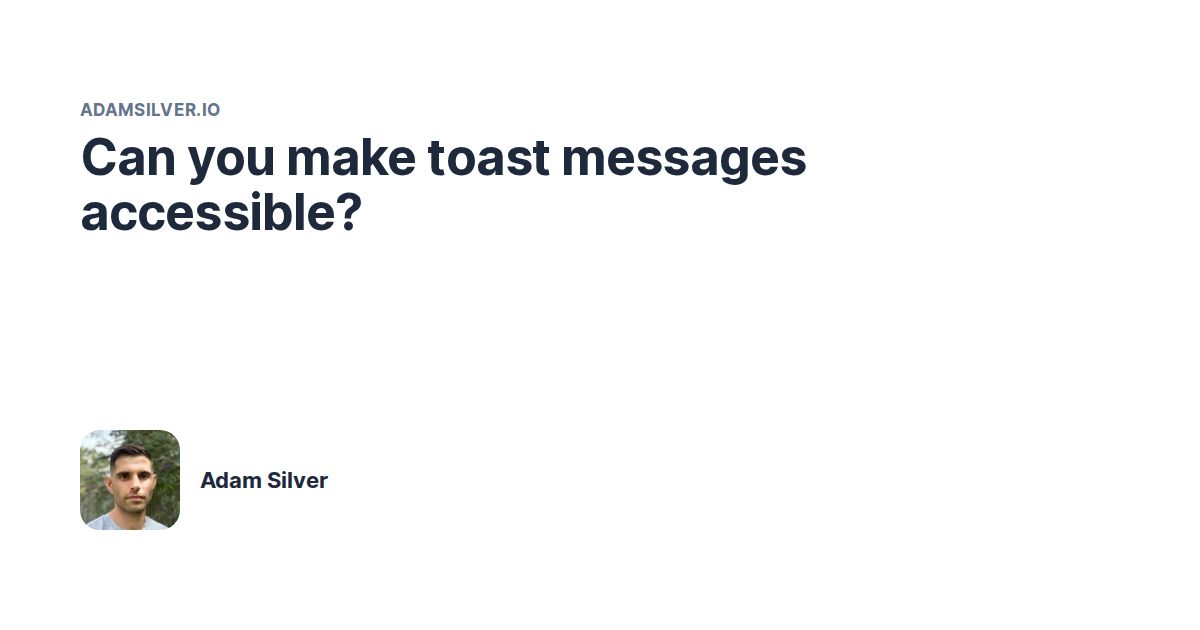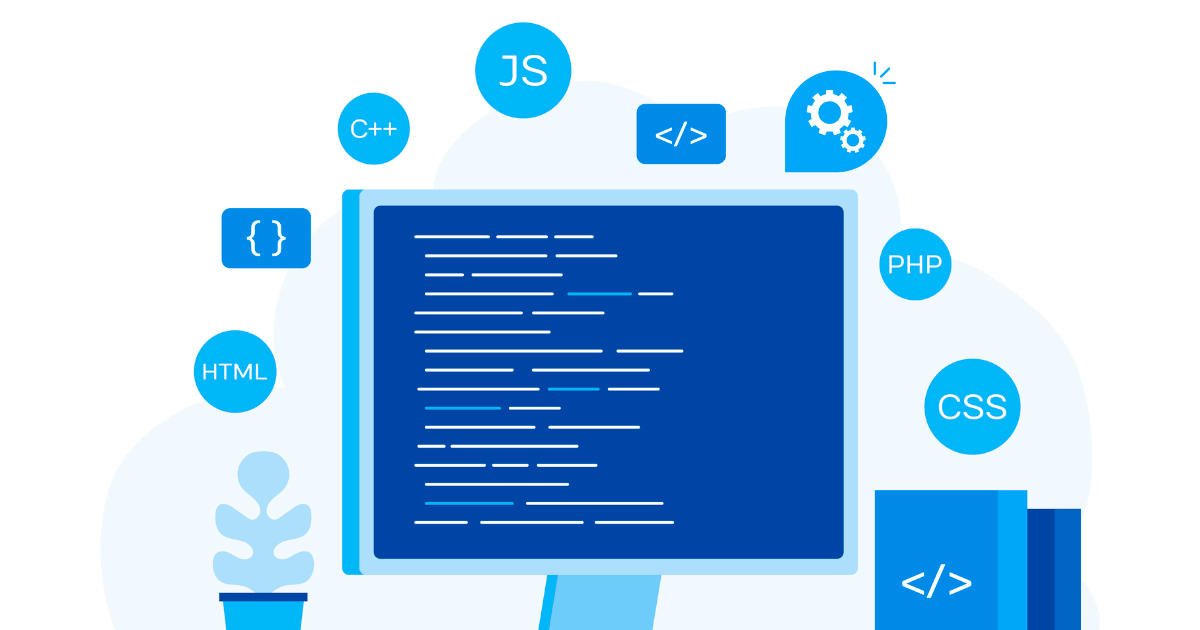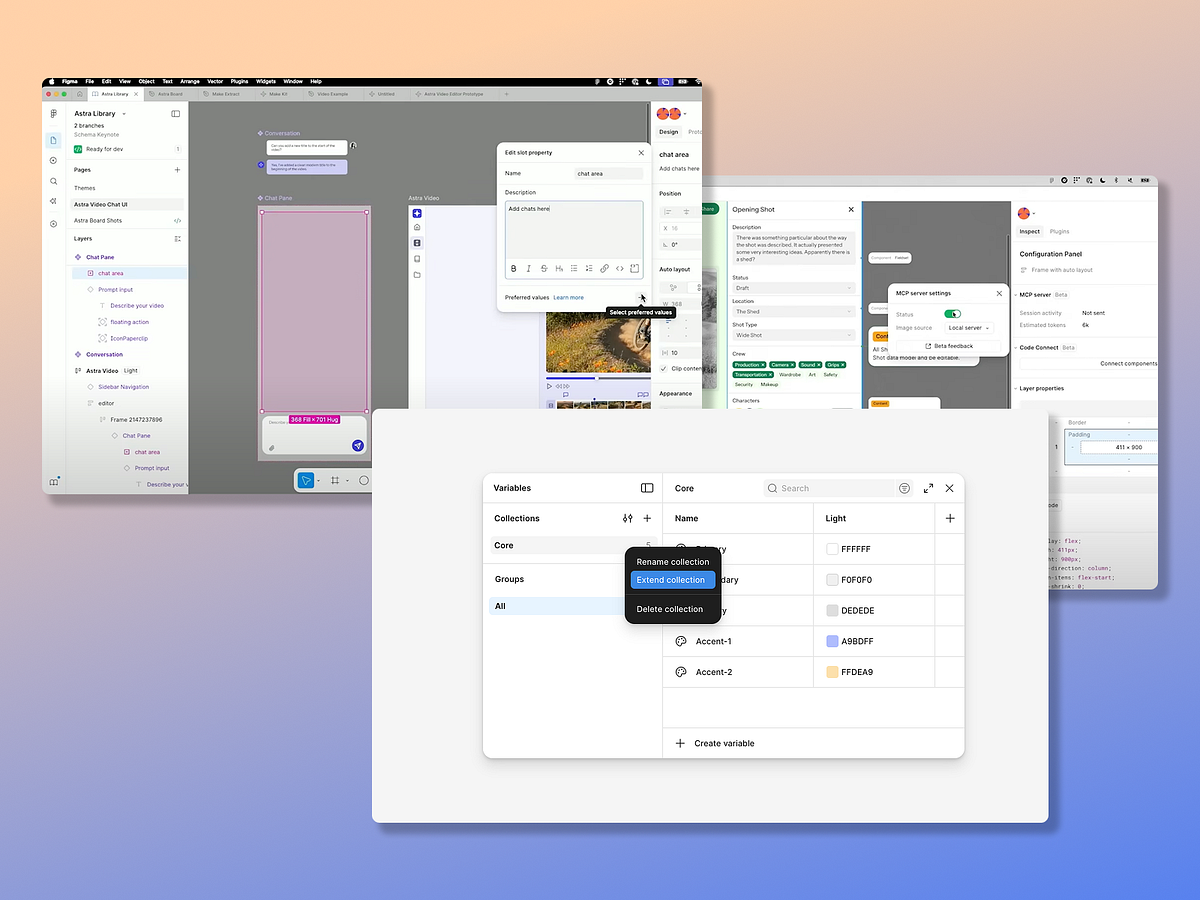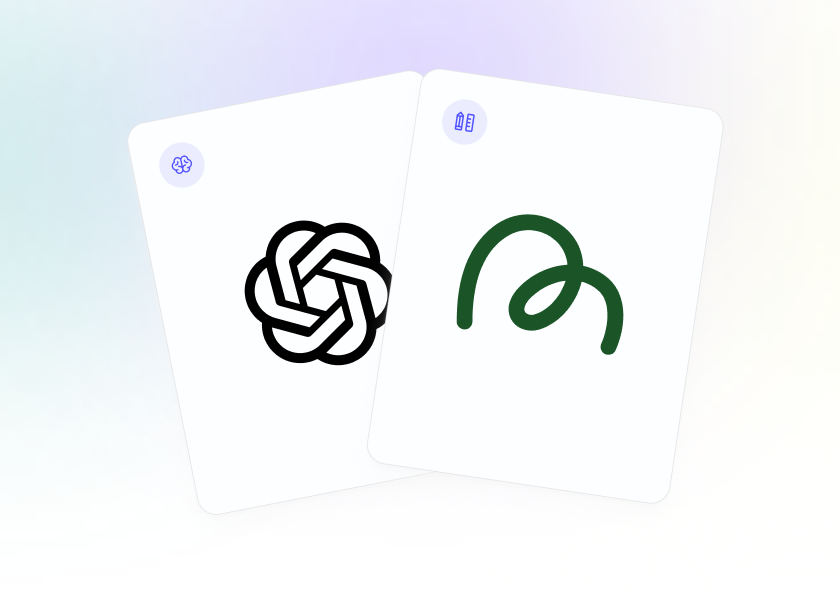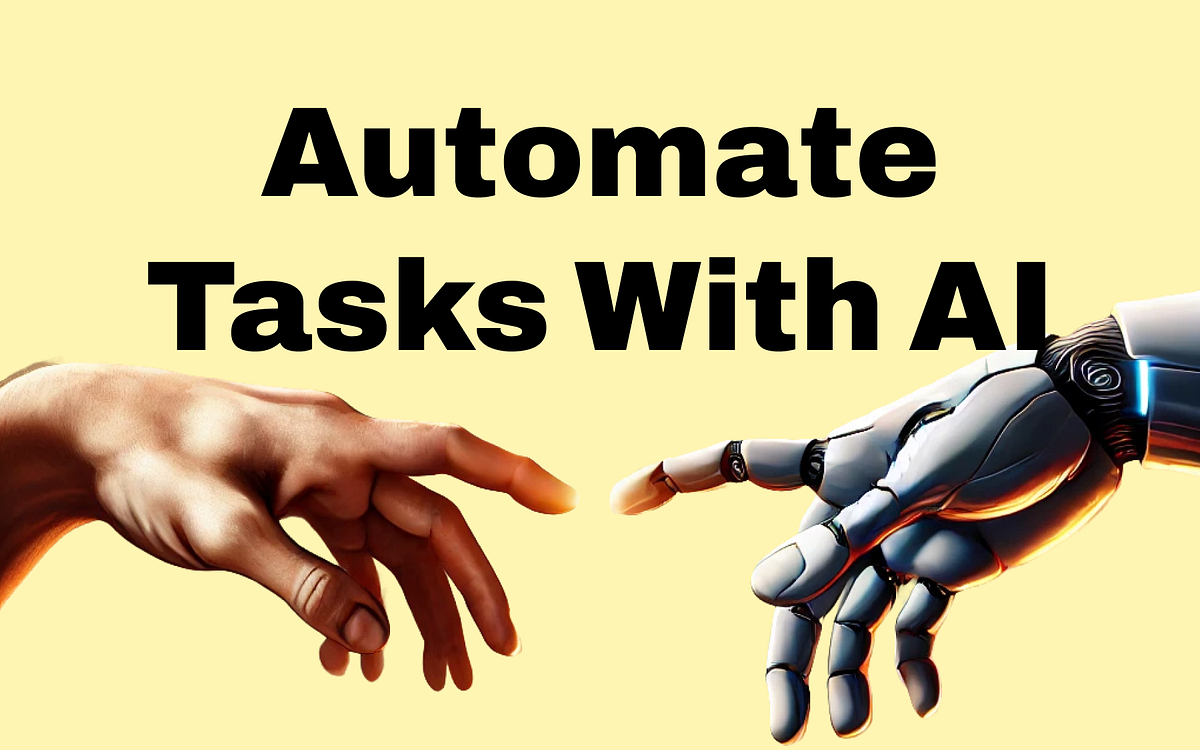UX design
UX design
[ follow ]
#product-design #user-research #accessibility #user-experience #design-systems #generative-ai #prototyping
fromMedium
16 hours agoKey takeaways from 'Articulating Design Decisions'
I usually take months to finish a book but this one took me 20 odd days. An avid book reader might be surprised by this number, but for me, this has been the fastest. The book I am talking about is Articulating Design Decisions by Tom Greever. Even though I have read only a handful of books, this was the only one that made me pause and take notes while reading.
UX design
fromMedium
4 hours agoYour users don't need training. They need scaffolding.
I had a client recently whose biggest issue was that users would get to the product dashboard and just... not know what to do. This is one of the most common problems I see in my consulting work, and it's almost never what the client thinks it is. They assume users need tutorials. They need tooltips. They need a help center with FAQ articles. What they actually need is scaffolding.
UX design
fromCSS-Tricks
1 day agoResponsive List of Avatars Using Modern CSS (Part 1) | CSS-Tricks
You are for sure wondering what the novelty we are bringing here is, right? It has been done countless times. You are right. The main idea is not complex, but the new thing is the responsive part. We will see how to dynamically adjust the overlap between the images so they can fit inside their container. And we will make some cool animations for it along the way!
UX design
fromMedium
1 day agoNew navigation paradigms, ChatGPT talks too much, AI coding tools
To navigate is to read the world in order to move through it, whether it means scanning a crowd to find a familiar face, deciphering the logic of a bookstore's layout, or following the stars at sea. This ability has always been mediated by tools (many of them disruptive and transformative). Still, the rise of artificial intelligence presents us with a radical promise: a world where we no longer need maps, because the information or the product 'comes to us.'
UX design
fromMedium
2 months agoInnovating the Workspace: Crafting a Home Office Solution with Spacious, Adjustable, and Movable...
Welcome to my page, where I will talk about home office space. Yes, I know you guys understand what I am sharing with you because you guys got the idea from the title. So, let's talk about the main point and introduce the home office space topic. Every user's home office is different, but they all have one thing in common, Desire to create a better space. Spend more good time and work there.
UX design
fromUX Magazine
5 days agoAbleist Design: Challenging Systemic Norms
Because we're products of a system that excludes certain people, it's surprisingly easy to do the same. Unless we've experienced exclusion or someone has pointed it out to us. Gradually, this exclusion seeps into design, and not only through inaccessible interfaces. Ableist design shows up in the user needs we forget to anticipate, who we don't invite for user research, and how we deprioritise tasks of a project.
UX design
fromJim-nielsen
1 week agoIcons in Menus Everywhere - Send Help
Google Sheets, for example, does this. Go to "File" or "Edit" or "View" and you'll see a menu with a list of options, every single one having an icon (same thing with the right-click context menu). It's extra noise to me. It's not that I think menu items should never have icons. I think they can be incredibly useful (more on that below).
UX design
fromZDNET
6 days agoZorin OS vs. AnduinOS: How to pick the right Windows-like Linux distro for you
Zorin OS gives you the choice of four different layouts, two of which are similar to Windows and two are very Linux-centric. That's just the free version. If you pony up for the Pro edition, you get six more layouts (including one that resembles MacOS). You choose your layout during your first login, but you can change it any time, using the Zorin Appearance tool.
UX design
fromMedium
1 week agoWhat Gemini 3 Pro Changes About Product Design
Last Tuesday, I watched a designer at a design tools company sketch a FigJam interface on paper, snap a photo, and ask an AI model to build it. Twelve seconds later, they had a working prototype with animations, interactive components, and proper design system implementation. No mockups. No handoff documentation. Just a sketch and a conversation. This wasn't science fiction. It was Gemini 3 Pro, and it's forcing us to rethink what "design" actually means.
UX design
fromSitePoint Forums | Web Development & Design Community
1 week agoLooking for feedback on a probability-heavy game tool (The Forge Calculator)
The main goal of the site is to help players: Calculate forging probabilities based on different ore combinations Optimize their inventory for tank/damage builds Preview weapon and armor stats before committing resources From a web dev perspective, this project has a few interesting challenges: Real-time probability calculations with many different ores and multipliers Keeping the UI clear and readable even when there's a lot of data on screen Performance on lower-end devices (mobile, older laptops)
UX design
fromMedium
3 months agoYou Suck as a Design Leader
This article won't start out well, because I'm sort of at rock bottom in my career and it seems that I'm projecting my frustrations of the industry out in the open. But I promise you, my rants are merely neutral observations and opinions. I love talking to people, and over the last 2 months of unemployment (I am now employed), I called upon designer friends all in Asia and Europe to get their opinion on the current state of Design leadership and how it has impacted our careers. Spoiler alert: It ain't great. Hence the article.
UX design
UX design
fromMedium
2 weeks agoStyle Guide vs Design System: The One Mistake Killing Your Team's Speed & Consistency
Style guides provide static visual rules (colors, typography, icons, spacing) to ensure brand consistency, suitable for small teams but insufficient for large-scale reusability and interaction guidance.
fromLogRocket Blog
1 week ago10 best hero section examples and what makes them effective - LogRocket Blog
A hero section is the first, visually prominent UI block at the top of a web page or digital product screen. Its job is to welcome users, present the product value at a glance, and effectively guide them to a desired primary action. It improves the first user impression with the product using a compelling headline, supporting copy, and CTAs (call-to-action), and other visual enhancements.
UX design
UX design
fromLondon Business News | Londonlovesbusiness.com
2 weeks agoWhat great UX teaches us about human behaviour - London Business News | Londonlovesbusiness.com
User emotions and attention shape online behavior; UX that aligns with natural scanning patterns and reduces choice improves engagement and conversions.
fromLogRocket Blog
3 weeks agoUX research sample size: How small is small enough? - LogRocket Blog
So we synthesized the findings and presented them to stakeholders. The first response was: "We can't make business decisions from talking to just 6 or 12 people." And the follow-up request: "Let's interview 150 users instead." In that moment, it became obvious that the issue wasn't the quality of our insights. The real debate was about the validity of qualitative research itself.
UX design
[ Load more ]



